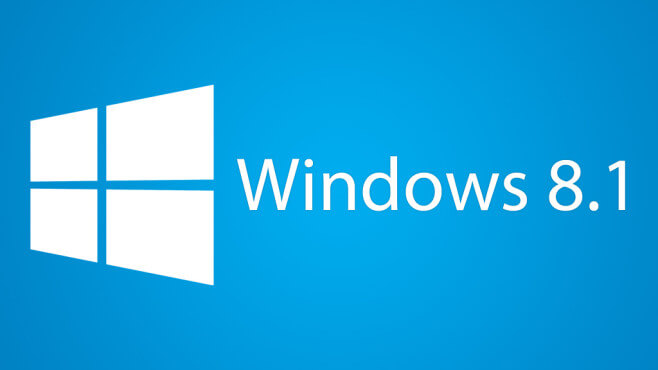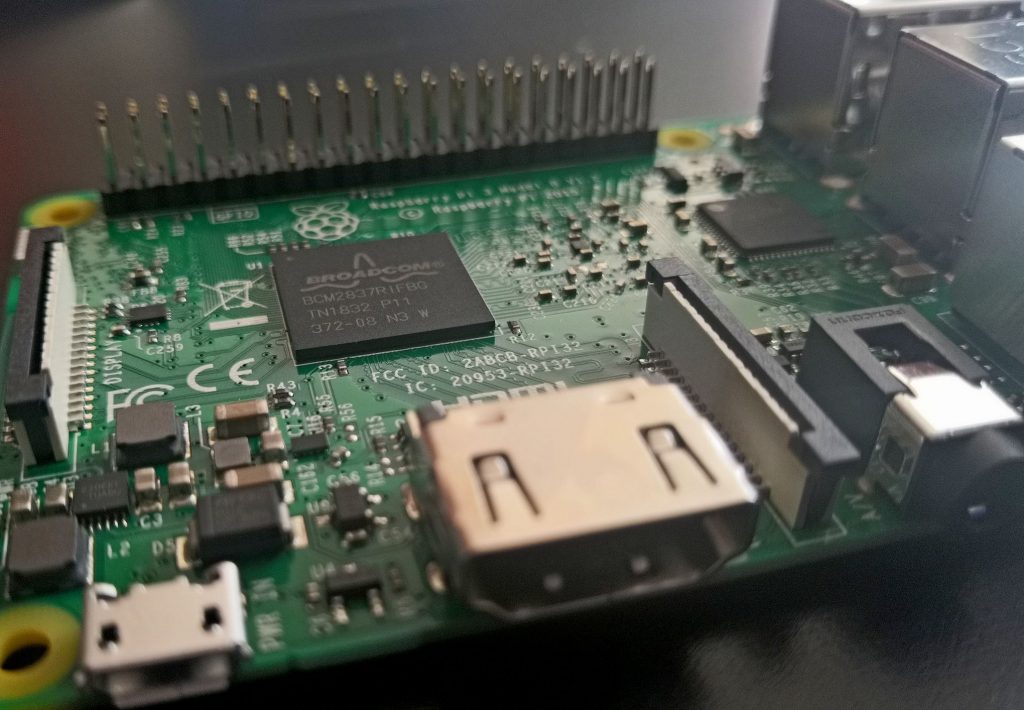I’m having a little sort out of this site, over the coming weeks. My main plan is to move the domain name over to simonpreston.dev, ditching the Devpond name (which wasn’t all that great anyway, really). I’ve already begun the process; the new domain name already points to the blog, and the site title has been updated. The next phase will to be update links, inside blog posts, that point to the old domain, to the new one. After that set the old domain to redirect completely to the new domain, and bye bye, old domain (eventually).
That’s just the first phase, and I’m not planning on stopping there. I’m looking to move the site to a new server, in the near future. Also, I want to give this site a more personal look, and create my own theme. Not quite sure which will come first; probably the server move, as that’s the easiest. A new theme will be some months of work. Especially when this site isn’t part of my day job. Other ideas will be to plug more of my own applications in to this site, so it’s not just a bland blog.
So there may be some little bumps, and unexpected downtime, here and there – including one earlier, which I’m thinking may have been a transaction lock on the database, preventing the site from loading, as every thing else looked fine. But it’s all for The Greater Good.
Update 19th April 2020:
Server switch done! A bit sooner than I expected. But, as it turns out, we all have a lot more time on our hands, these days, thanks to many of us being stuck indoors. Earlier in the week, I got the domain name switch complete, and the old address now redirects to the new domain. Over the last couple of days I’ve been getting a new Ubuntu server set up, with a mirror of the site primed and ready. I’ve flipped the public IP of my old server, to the new one (a nifty feature in AWS, which means no need to wait for a new IP to propagate), and got the new certificates set up. I’ll keep the old server running, for a bit, but our new home is looking pretty good.
Update 17th June 2020:
Given up on the idea of creating a new theme, for now. As our team was mostly reduced to a skeleton crew, I’ve had so much actual paid work on that’s it’s pretty much been an impossibility, due to the site theme being such a large project in itself. So that’s on the back-burner for a while. Will revisit that, at a later date.







